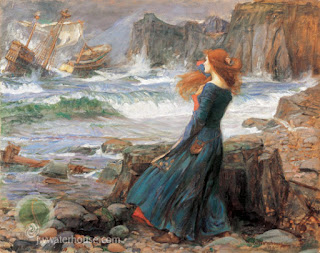The Oxford Book of English Detective Stories

Oxford Book of English Detective Stories , ed. Patricia Craig I requested this book at the library because it was the only title in the system with a story by Edmund Crispin, who I saw mentioned on another blog as a good mystery author. That didn't work out entirely as I planned, since the story was very very short and written in collaboration with another author, so it didn't give me much to go on. But this is a really nice selection of detective stories from the past 150 years or so, with something from all of your favorite English mystery writers and a few unexpected names--I was pleased to see Christianna Brand included! (I didn't know that she'd written any mysteries; I know her as the author of the Nurse Matilda books and a cousin of one of my favorite illustrators, Edward Ardizzone.) Maybe I'll find an Edmund Crispin book some other time... In other news, I've finally gotten around to trying out the new Blogger software. I don't hate it!





















